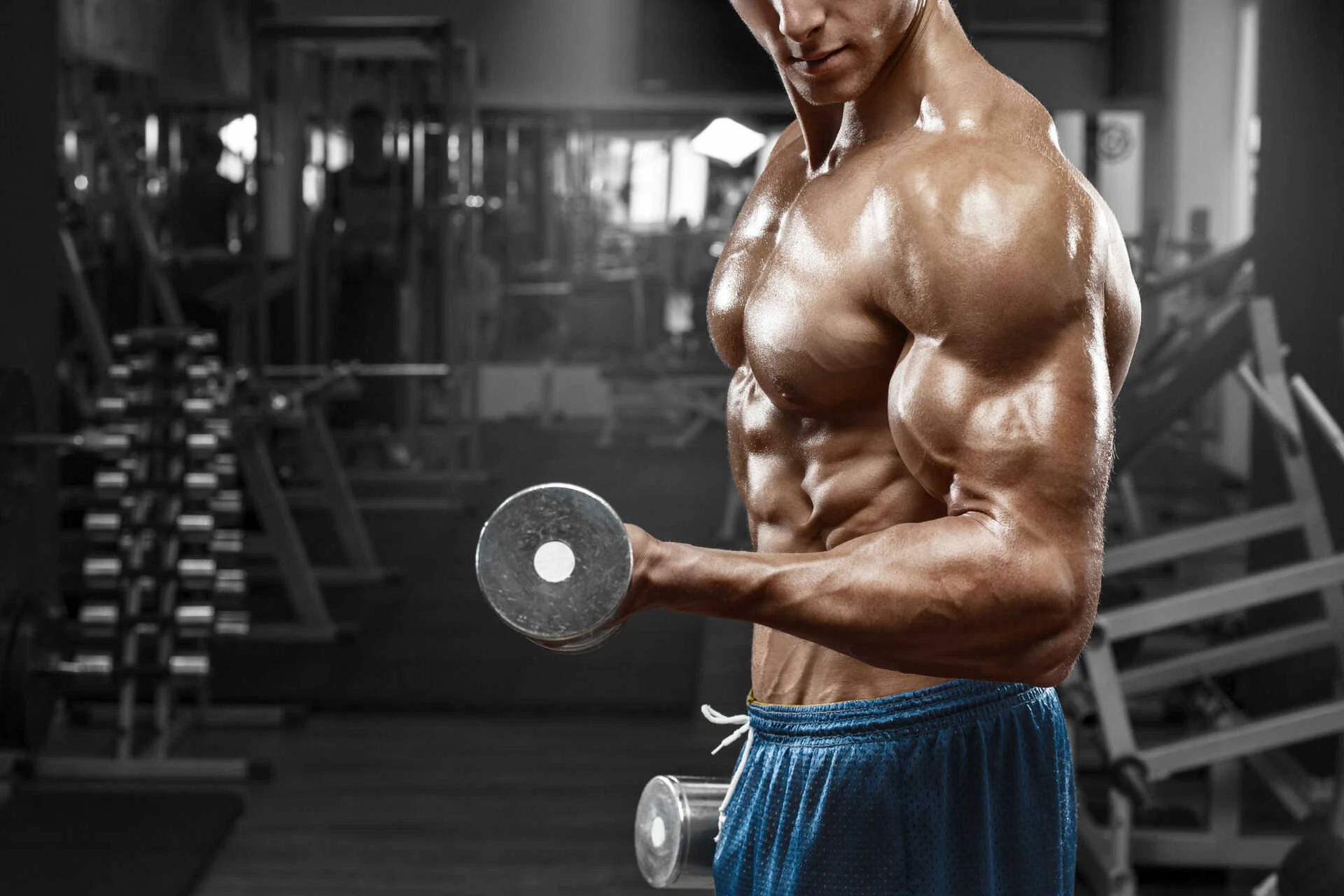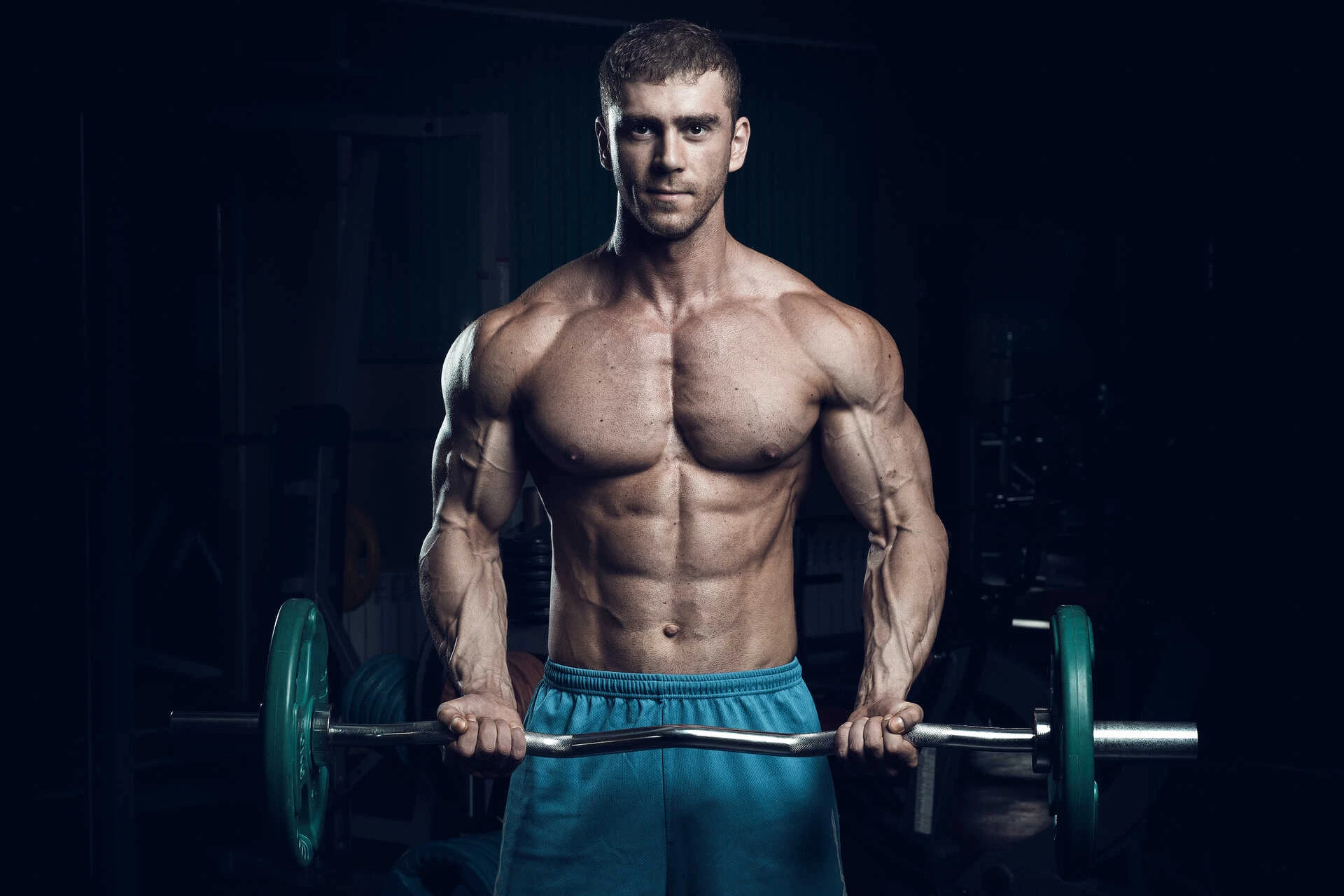Easy Recovery Techniques for Harder Workouts

You spend a lot of time breaking down muscles, but how much time do you spend recovering? Check out these 3 easy methods to aid your recovery.
What is the most limiting factor when it comes to achieving your training goals?
The average person is likely to answer that it is hardest to hit the gym several times a week, or resist the temptation to eat ice cream late at night.
Powerlifters are not ordinary people, and to say that they have "average" goals would be an understatement. For most serious strength athletes, training is the most rewarding part of the day, and refueling to achieve and maintain optimal energy and endurance has become second nature.
But as you progress in your training career, there is an obvious need for more training and harder ones. Pushing yourself to the brink of your physical limitations.
Intelligent workout patterns and comprehensive nutrition plans will only work as long as you stick to variety. Of course, the basics are a prerequisite for achieving any goals, but what happens when these basics are mastered?
When you think you've exhausted all your options, think again. Prolonged recovery, including mechanical and neuromuscular regeneration with these simple and effective methods, will fight your soreness and fatigue at a record pace. And we mention that they are some of the most humble methods you could ever think of.
Sometimes, simple solutions are exactly what you need to maintain the benefits of your workouts. Here are three ways you can start your recovery now and work out at the gym more often and with greater intensity. You are ready?

Compression
Simply put, the use of compression or compression is one of the most modest recovery techniques that athletes have used for hundreds of years. But given that we live in new times, there have been some big advances in the use of compression. Compression can be done before, during, and after training to limit training fatigue while increasing recovery between loads.
Over the past decade, the use of pre-workout contraction therapy has made its way into the fitness and athletic performance industry. The preferred method here may be self-compression therapy using rubber bands. These tapes were developed by popular physical therapist Kelly Starrett.
Rubber bands can be easily applied to limbs to apply compression to specific areas. When combined with vigorous movement, this technique can be useful to "warm up" areas. That tend to need the attention of lifters, such as knees and elbows.
After a minute or two of active compression movements with the tape, the blood flow is quickly brought into the area that is compressed, creating a favorable soft tissue area for stress.
While exercising, one of the best passive ways to get more out of your body, especially your legs, is by wearing graduated, tight-fitting clothing, such as leggings or socks. These garments act in a way that helps the lymphatic drainage of the legs.
Simply put, this garment helps put pressure on veins and muscles in order to pump unwanted fluid build-up back into central circulation. Such clothing can also be preferred for several hours after training.
Low intensity of active recovery
For really serious athletes, there is no such thing as a day of rest. And you know what? It's true. If your goal is to train at a more brutal intensity and keep your body composition in the right direction, there is always something you can do. Even if your body is not quite ready to lift more weight.
Using active recovery sounds easy, but it really is. However, many athletes achieve tremendous success with recovery sessions focusing on low intensity steady state cardiovascular activity. The results speak for themselves and this is becoming a staple of the week.
This method of transitioning to low intensity active recovery is walking. Walk, directly. after a brutal workout, it allows not only to relax the central nervous system to return to its original level, but also mechanically begins to engage what is called "active muscle increase". It helps lymphatic drainage of fluid from the extremities into the central circulation. Sounds familiar, doesn't it?

Walking is not only an easy option for joints.
But it also provides sufficient muscle contraction in the lower and upper body to apply pressure through the muscles to the flow of blood and fluid back to the heart. Active walking on two legs increases the heart rate. Which makes it a more efficient process, and also enhances this recovery mechanism.
On tough days in the gym, walking recovery at least four hours after finishing your workout provides a huge boost to recovery. These walks are designed to kick-start your recovery process, not fatigue your muscles or central nervous system. So walk at a leisurely pace.
Start with 15-20 minutes and increase your total walking time to a length you can handle without fatigue.
On days when you do not have a planned workout, you can schedule longer walking or other form of cardio only as long as it does not tire you mechanically or neurologically. Anywhere between 45-90 minutes is great not only for recovery but also for general prevention of cardiovascular disease.
Long duration of walking when added to the next recovery method would be the perfect combination.
Mobilization of soft tissues
By now, you will already begin to see a trend towards recovery with these methods. Yes, they absolutely involve neurological repair mechanisms, but they also involve mechanical repair.
But, if you are a strength athlete who relies on high levels of the central nervous system or an endurance athlete who mechanically breaks his body to pieces. You will also have success using a combination of these recovery types.
The final method to complete the post-workout recovery process is to use soft tissue mobilization techniques. Two methods of doing this are myofascial release techniques such as massage rollers combined with active static and vibrational stretching.
Again, we are targeting the specific tissues. That have just been trained in order to get the most out of those 5-7 minutes immediately after training. Working on large primary motor muscles like the quads, hamstrings, glutes, pecs, and latissimus dorsi really brings benefits as they have greater muscle density and surface area to work on.
Focusing on the selected tissue, first roll with a full roller, then go directly to the joint and gentle stretching. Which is an ideal combination for reducing the neurological tone of tissues that have been stressed during training. It will also help with lymphatic drainage.
If you plan to recover with a walk later in the day after your workout, using a massage roller and stretching before, during, or after that walk will create the ultimate recovery environment for your body.